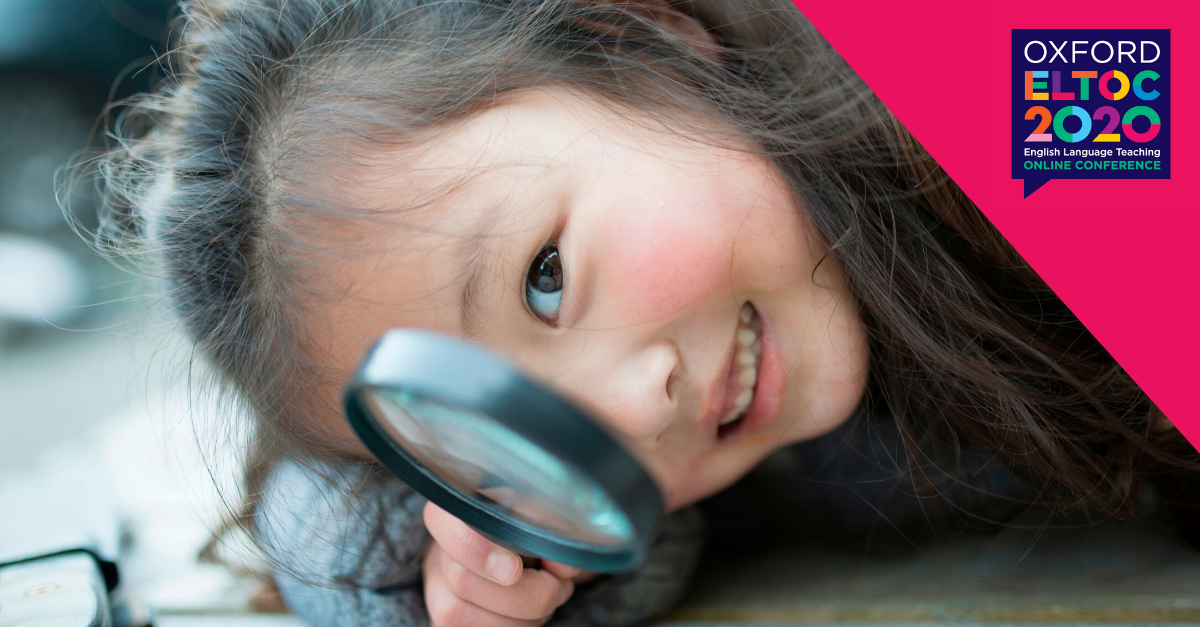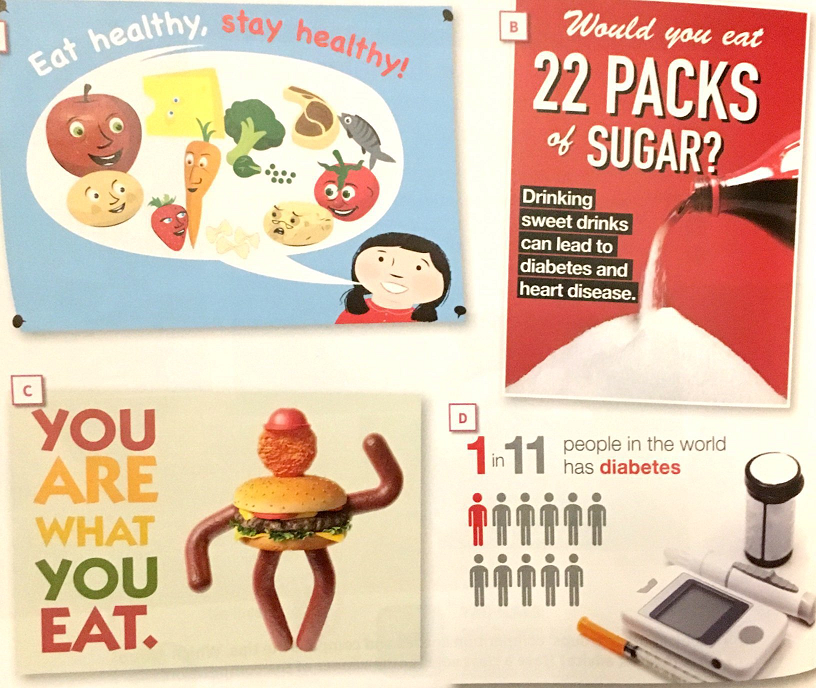 Life in the twenty-first century can be complex and stressful. Many of the interpersonal and interactive skills that we need in our everyday lives – things such as digital literacies, intercultural competence, and emotional self-regulation – have not always been formally taught in schools. The movement to embrace Global Skills in education is now looking to change that.
Life in the twenty-first century can be complex and stressful. Many of the interpersonal and interactive skills that we need in our everyday lives – things such as digital literacies, intercultural competence, and emotional self-regulation – have not always been formally taught in schools. The movement to embrace Global Skills in education is now looking to change that.
OUP’s Position Paper on Global Skills is a concise guide for empowering students inside the classroom – and beyond. It acts as a guide for teachers who would like to help equip their students with strategies for dealing with the challenges and opportunities of twenty-first-century life. Here we’ll discuss the role of creativity, critical thinking, communication and collaboration in the English language classroom, and suggest some practical ideas for giving students a challenging new take on these familiar concepts.
From Four Cs to five skills clusters
Global Skills include Communication and Collaboration and Creativity and Critical Thinking as two of the key skills clusters, and these are concepts which will already be familiar to anyone who is acquainted with the Partnership for 21st Century Learning, in which they were grouped together as Learning Skills and referred to as The Four Cs.
OUP’s Global Skills are made up of five distinct skills clusters. If you would like to know more about the other three skills clusters of Global Skills – which are Intercultural Competence and Citizenship, Emotional Self-Regulation and Wellbeing, and Digital Literacies – see the OUP Position Paper.
Fresh perspectives
The skills of communication, collaboration, creativity and critical thinking are as important as ever, not only because they can have a positive impact on language proficiency, but also because they can be applied to the challenges of everyday life.
Communication and Collaboration as Global Skills
Why are they grouped together?
Learning to communicate involves being able to negotiate meaning – something which requires interacting with another person or people. And when we collaborate with someone else, both in the classroom and in real-life contexts, there is usually communication involved. The two skills therefore connect, and can very often be dependent on each other.
Pairwork and groupwork
The easiest way to generate conditions for collaboration is to get students to work together in pairs or in small groups. In order to ensure that there is communication as well, students need to share or exchange ideas in some way. Let’s look at a simple example.
Recalling an image
Show students the image below and ask them to pay attention to the small details. (Image source: Oxford Discover Futures, SB1, p86)

After about thirty seconds, remove the picture from view and get students into pairs. Thirty seconds is not very long, which means that students will probably have only a partial memory of the poster. Ask them to work together and recall as much as they can. Ask if they can remember:
- the words on the poster – and the colour of each word
- the shape of the figure – and what each ‘body part’ consists of
Some students are more observant than others – but the ones who remember the most do not always have the English with which to express all the information. For this reason, it is likely that students will use L1 to negotiate the answers to the prompts as they gather the English words that they need in order to complete their lists.
Communication and collaboration in action
This simple task mirrors real-life situations in which we need the help of someone else in order to piece together information and fill in the gaps with our own knowledge. The transfer of information is ‘communication’. The pair work is ‘collaboration’. Students help each other as they complete the task, while also checking each other, and correcting each other, as appropriate. Communication and collaboration go hand in hand.
Creativity and Critical Thinking as Global Skills
Why are they grouped together?
Creativity is the art of thinking – it is based on inspiration, intuition and subjective expression. Critical thinking is the science of thinking – it is based on reason, analysis, and evidence-informed judgements. As skills, they are complementary aspects of thinking outside the box, whether that involves coming up with something new, or seeing something that others have missed. Again, let’s take a look at a simple example.

Comparing posters
Show students all four of the posters related to diet shown below. (Image source: Oxford Discover Futures, SB1, p86)
Now give them the following statements to discuss. Ask them to express their ideas, listen to each other’s views, and then try to reach an agreement, by modifying the statements, if necessary.
- the posters have nothing in common
- the posters appeal to emotions, not intellect
- the posters are intended for children
- the most effective poster is poster ____
- the least effective poster is poster ____
Finally, ask them to come up with a new poster of their own, designed to raise awareness of the importance of a healthy diet.
Creativity and Critical Thinking in action
The prompts above do more than check students’ comprehension of the posters; they engage their critical faculties, too. The statements are likely to be divisive, and students might well disagree with each other. Establishing the truth of what they can agree on will require negotiation and compromise, as well as the creative recasting of some of the statements. Most interestingly, students will have to consider whether they want to change their initial beliefs in the light of information received from others. That is the kind of critical thinking that can be reached through communicative, collaborative classroom processes.
The final task – the design of a new poster – is an example of a creative task that extends naturally out of the tasks that have preceded it. The task combines language skills and non-language skills, so all students have a chance to make a meaningful contribution. Done collaboratively, it will generate further opportunities for communication, collaboration and critical thinking, too.
Global skills double duty
We don’t need extra lessons to teach global skills, nor do we need to separate language skills from global skills. The activities above demonstrate that the learning tasks of the classroom can be asked to perform double duty: to generate opportunities to practise language and to develop students’ global skills.
Edmund spoke further on this topic at ELTOC 2020. Stay tuned to our Facebook and Twitter pages for more information about upcoming professional development events from Oxford University Press.
You can catch up on past Professional Development events using our webinar library.
These resources are available via the Oxford Teacher’s Club.
Not a member? Registering is quick and easy to do, and it gives you access to a wealth of teaching resources.
Edmund Dudley is a teacher trainer, materials writer and teacher of English with more than 25 years of classroom experience. Based in Budapest, he has extensive experience of teaching EFL at both primary and secondary levels. He works with teachers from around the world as a freelance teacher trainer and as a tutor at the University of Oxford’s ELT Summer Seminar. He is the author of ETpedia Teenagers (2018, Pavilion Publishing) and co-author of Mixed-Ability Teaching (2015, Oxford University Press).

